Crafting an Effective Application Security Program: Strategies, Methods and Tools for the Best results
AppSec is a multifaceted, robust approach that goes beyond simple vulnerability scanning and remediation. A holistic, proactive approach is needed to integrate security into every phase of development. The constantly evolving threat landscape and the increasing complexity of software architectures is driving the need for a proactive, holistic approach. This comprehensive guide delves into the most important components, best practices, and cutting-edge technology that comprise a highly effective AppSec program, empowering organizations to fortify their software assets, minimize risks, and foster a culture of security-first development. A successful AppSec program is built on a fundamental shift of mindset. security validation platform Security must be seen as a key element of the development process and not as an added-on feature. This paradigm shift requires close collaboration between security, developers operations, and others. It breaks down silos that hinder communication, creates a sense shared responsibility, and fosters a collaborative approach to the security of applications that are developed, deployed or maintain. Through embracing an DevSecOps approach, companies can integrate security into the fabric of their development workflows to ensure that security considerations are considered from the initial phases of design and ideation through to deployment as well as ongoing maintenance. Central to this collaborative approach is the formulation of clear security guidelines as well as standards and guidelines that establish a framework for secure coding practices threat modeling, and vulnerability management. These policies should be based upon industry best practices, such as the OWASP top ten, NIST guidelines as well as the CWE. They must take into account the particular requirements and risk specific to an organization's application and the business context. These policies can be codified and made easily accessible to all stakeholders to ensure that companies be able to have a consistent, standard security strategy across their entire range of applications. It is vital to fund security training and education programs to aid in the implementation and operation of these policies. These programs should provide developers with the necessary knowledge and abilities to write secure codes to identify any weaknesses and implement best practices for security throughout the development process. Training should cover a range of areas, including secure programming and the most common attack vectors, in addition to threat modeling and safe architectural design principles. Companies can create a strong base for AppSec by encouraging an environment that promotes continual learning and giving developers the tools and resources they require to incorporate security into their daily work. Security testing is a must for organizations. and verification processes and also provide training to identify and fix vulnerabilities before they can be exploited. This requires a multi-layered method which includes both static and dynamic analysis methods, as well as manual penetration testing and code review. At the beginning of the development process static Application Security Testing tools (SAST) can be utilized to find vulnerabilities, such as SQL Injection, Cross-Site scripting (XSS) and buffer overflows. Dynamic Application Security Testing tools (DAST), in contrast, can be used to simulate attacks against applications in order to discover vulnerabilities that may not be found through static analysis. These tools for automated testing are very effective in finding weaknesses, but they're not a solution. Manual penetration testing by security professionals is essential to discover the business logic-related weaknesses that automated tools may not be able to detect. Combining automated testing with manual validation, organizations can get a complete picture of the application security posture. They can also prioritize remediation actions based on the level of vulnerability and the impact it has on. Organizations should leverage advanced technologies, such as machine learning and artificial intelligence to improve their capabilities in security testing and vulnerability assessment. AI-powered tools can analyse huge quantities of application and code data, identifying patterns and anomalies that may indicate potential security concerns. These tools also learn from previous vulnerabilities and attack techniques, continuously improving their abilities to identify and avoid emerging threats. Code property graphs could be a valuable AI application for AppSec. They can be used to find and address vulnerabilities more effectively and effectively. CPGs are a comprehensive, semantic representation of an application's codebase. They can capture not just the syntactic architecture of the code but as well as the complicated relationships and dependencies between various components. Through the use of CPGs AI-driven tools, t
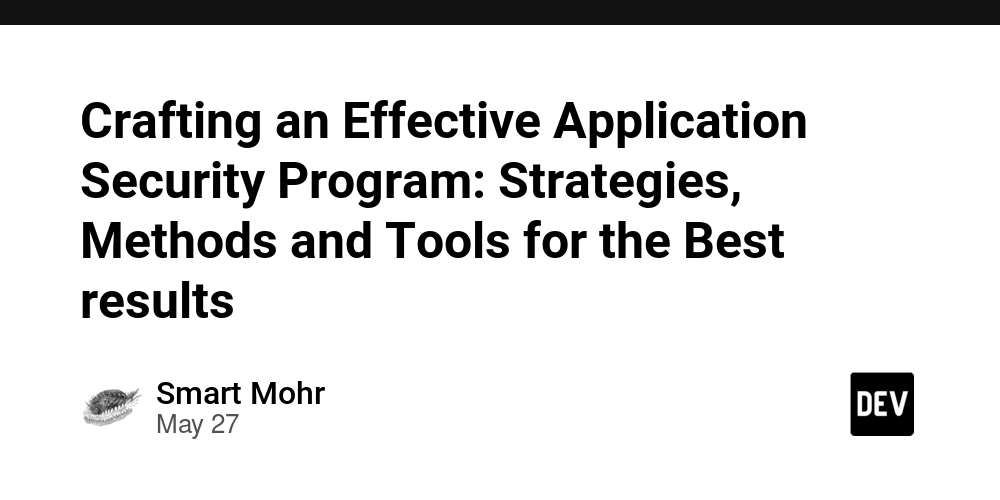
AppSec is a multifaceted, robust approach that goes beyond simple vulnerability scanning and remediation. A holistic, proactive approach is needed to integrate security into every phase of development. The constantly evolving threat landscape and the increasing complexity of software architectures is driving the need for a proactive, holistic approach. This comprehensive guide delves into the most important components, best practices, and cutting-edge technology that comprise a highly effective AppSec program, empowering organizations to fortify their software assets, minimize risks, and foster a culture of security-first development.
A successful AppSec program is built on a fundamental shift of mindset. security validation platform Security must be seen as a key element of the development process and not as an added-on feature. This paradigm shift requires close collaboration between security, developers operations, and others. It breaks down silos that hinder communication, creates a sense shared responsibility, and fosters a collaborative approach to the security of applications that are developed, deployed or maintain. Through embracing an DevSecOps approach, companies can integrate security into the fabric of their development workflows to ensure that security considerations are considered from the initial phases of design and ideation through to deployment as well as ongoing maintenance.
Central to this collaborative approach is the formulation of clear security guidelines as well as standards and guidelines that establish a framework for secure coding practices threat modeling, and vulnerability management. These policies should be based upon industry best practices, such as the OWASP top ten, NIST guidelines as well as the CWE. They must take into account the particular requirements and risk specific to an organization's application and the business context. These policies can be codified and made easily accessible to all stakeholders to ensure that companies be able to have a consistent, standard security strategy across their entire range of applications.
It is vital to fund security training and education programs to aid in the implementation and operation of these policies. These programs should provide developers with the necessary knowledge and abilities to write secure codes to identify any weaknesses and implement best practices for security throughout the development process. Training should cover a range of areas, including secure programming and the most common attack vectors, in addition to threat modeling and safe architectural design principles. Companies can create a strong base for AppSec by encouraging an environment that promotes continual learning and giving developers the tools and resources they require to incorporate security into their daily work.
Security testing is a must for organizations. and verification processes and also provide training to identify and fix vulnerabilities before they can be exploited. This requires a multi-layered method which includes both static and dynamic analysis methods, as well as manual penetration testing and code review. At the beginning of the development process static Application Security Testing tools (SAST) can be utilized to find vulnerabilities, such as SQL Injection, Cross-Site scripting (XSS) and buffer overflows. Dynamic Application Security Testing tools (DAST), in contrast, can be used to simulate attacks against applications in order to discover vulnerabilities that may not be found through static analysis.
These tools for automated testing are very effective in finding weaknesses, but they're not a solution. Manual penetration testing by security professionals is essential to discover the business logic-related weaknesses that automated tools may not be able to detect. Combining automated testing with manual validation, organizations can get a complete picture of the application security posture. They can also prioritize remediation actions based on the level of vulnerability and the impact it has on.
Organizations should leverage advanced technologies, such as machine learning and artificial intelligence to improve their capabilities in security testing and vulnerability assessment. AI-powered tools can analyse huge quantities of application and code data, identifying patterns and anomalies that may indicate potential security concerns. These tools also learn from previous vulnerabilities and attack techniques, continuously improving their abilities to identify and avoid emerging threats.
Code property graphs could be a valuable AI application for AppSec. They can be used to find and address vulnerabilities more effectively and effectively. CPGs are a comprehensive, semantic representation of an application's codebase. They can capture not just the syntactic architecture of the code but as well as the complicated relationships and dependencies between various components. Through the use of CPGs AI-driven tools, they can conduct a deep, contextual analysis of an application's security position by identifying weaknesses that might be overlooked by static analysis methods.
Furthermore, CPGs can enable automated vulnerability remediation by making use of AI-powered repair and code transformation. AI algorithms can create targeted, context-specific fixes by analyzing the semantics and characteristics of the vulnerabilities identified. This lets them address the root of the issue rather than treating its symptoms. This method is not just faster in the removal process but also decreases the chance of breaking functionality or introducing new vulnerabilities.
Another key aspect of an effective AppSec program is the integration of security testing and validation into the integration and continuous deployment (CI/CD) pipeline. By automating security checks and integrating them into the build and deployment processes organizations can detect vulnerabilities early and prevent them from making their way into production environments. This shift-left approach to security allows for faster feedback loops, reducing the time and effort required to identify and remediate problems.
To achieve this level of integration businesses must invest in proper infrastructure and tools for their AppSec program. Not only should the tools be utilized for security testing and testing, but also the frameworks and platforms that allow integration and automation. Containerization technologies such Docker and Kubernetes can play a vital role in this regard by providing a consistent, reproducible environment for conducting security tests as well as separating the components that could be vulnerable.
Alongside technical tools effective collaboration and communication platforms are vital to creating a culture of security and helping teams across functional lines to effectively collaborate. Jira and GitLab are both issue tracking systems that help teams to manage and prioritize security vulnerabilities. Tools for messaging and chat such as Slack and Microsoft Teams facilitate real-time knowledge sharing and collaboration between security professionals.
The ultimate effectiveness of the success of an AppSec program depends not only on the tools and techniques employed, but also the employees and processes that work to support them. To create a secure and strong culture requires leadership commitment in clear communication, as well as a commitment to continuous improvement. The right environment for organizations can be created where security is not just a checkbox to check, but rather an integral aspect of growth by fostering a sense of accountability as well as encouraging collaboration and dialogue offering resources and support and promoting a belief that security is a shared responsibility.
In order to ensure the effectiveness of their AppSec program, businesses must also focus on establishing meaningful measures and key performance indicators (KPIs) to track their progress and identify areas for improvement. These metrics should cover the entirety of the lifecycle of an app including the amount and type of vulnerabilities found in the initial development phase to the time needed to address issues, and then the overall security position. These indicators can be used to show the value of AppSec investment, to identify patterns and trends and assist organizations in making an informed decision about where they should focus their efforts.
To keep up with the ever-changing threat landscape as well as emerging best practices, businesses should be engaged in ongoing education and training. This could include attending industry conferences, taking part in online courses for training and collaborating with outside security experts and researchers in order to stay abreast of the most recent technologies and trends. Through the cultivation of a constant education culture, organizations can make sure that their AppSec applications are able to adapt and remain robust to the latest challenges and threats.
It is crucial to understand that application security is a continuous process that requires a sustained investment and dedication. As new technologies are developed and the development process evolves companies must constantly review and update their AppSec strategies to ensure they remain effective and aligned with their goals for business. By embracing a continuous improvement mindset, encouraging collaboration and communications, and making use of cutting-edge technologies like CPGs and AI companies can develop a robust and adaptable AppSec program that will not only protect their software assets, but also enable them to innovate in a rapidly changing digital environment.security validation platform































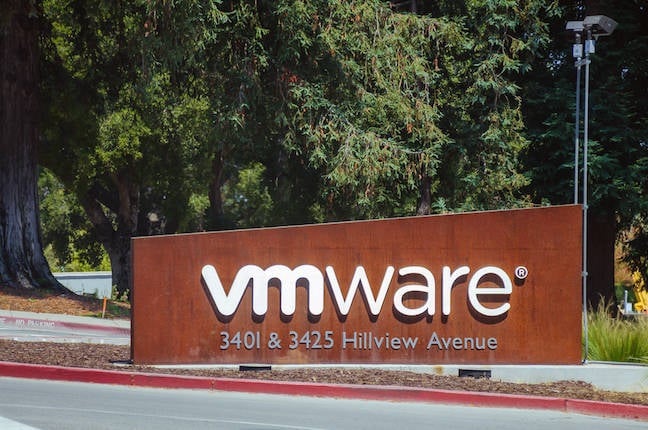

























































































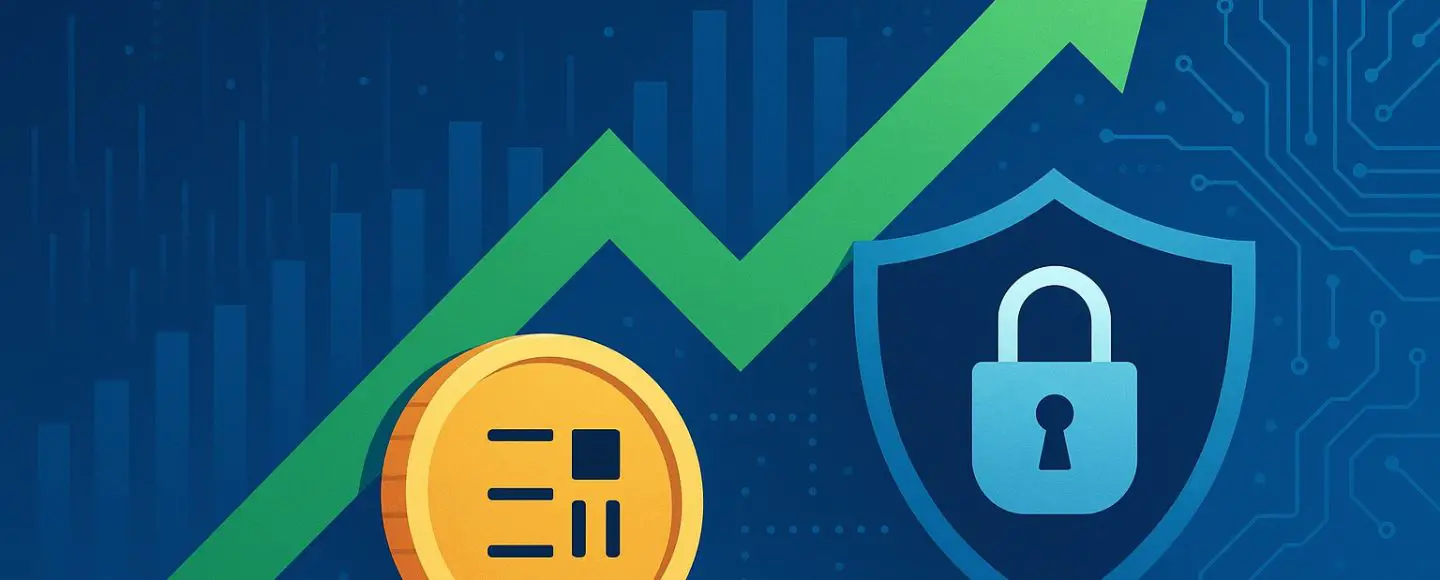






















































![[The AI Show Episode 150]: AI Answers: AI Roadmaps, Which Tools to Use, Making the Case for AI, Training, and Building GPTs](https://www.marketingaiinstitute.com/hubfs/ep%20150%20cover.png)
![[The AI Show Episode 149]: Google I/O, Claude 4, White Collar Jobs Automated in 5 Years, Jony Ive Joins OpenAI, and AI’s Impact on the Environment](https://www.marketingaiinstitute.com/hubfs/ep%20149%20cover.png)

































































































































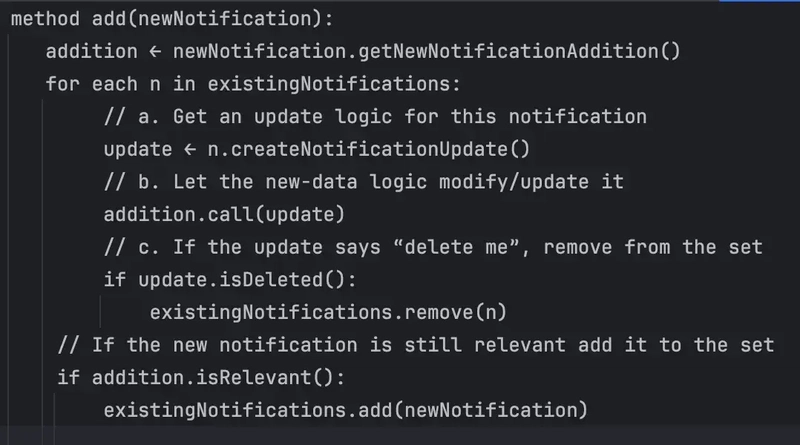




























































.png?width=1920&height=1920&fit=bounds&quality=70&format=jpg&auto=webp#)
















































-1280x720.jpg?width=1920&height=1920&fit=bounds&quality=70&format=jpg&auto=webp#)






















_Zoonar_GmbH_Alamy.jpg?width=1280&auto=webp&quality=80&disable=upscale#)











































































































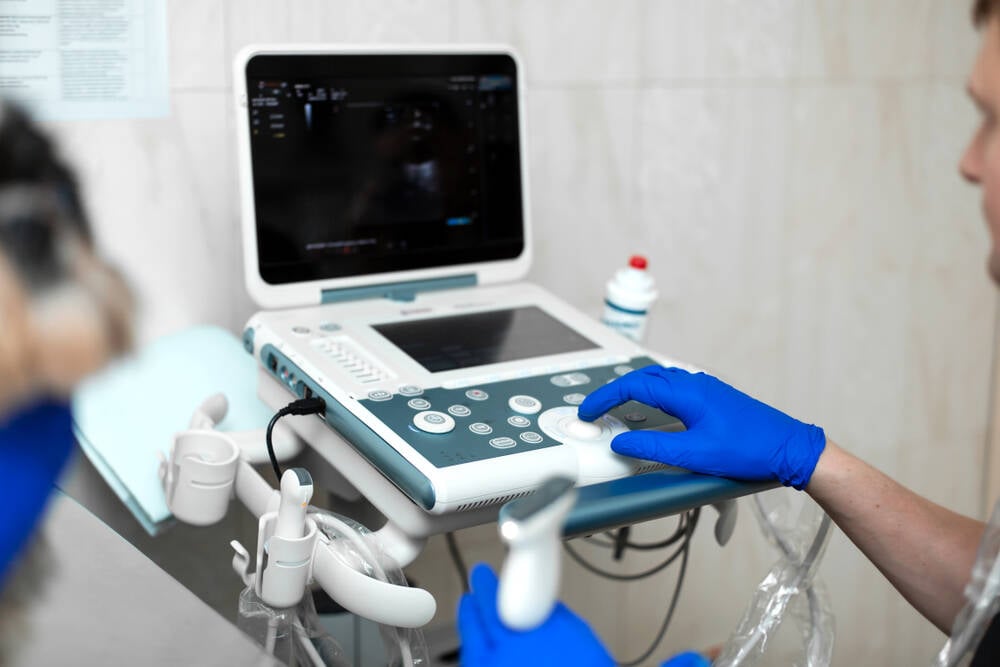

![WWDC 2025 May Disappoint on AI [Gurman]](https://www.iclarified.com/images/news/97473/97473/97473-640.jpg)
![Apple to Name Next macOS 'Tahoe,' Switch to Year-Based OS Names Like 'macOS 26' [Report]](https://www.iclarified.com/images/news/97471/97471/97471-640.jpg)
![Sonos Father's Day Sale: Save Up to 26% on Arc Ultra, Ace, Move 2, and More [Deal]](https://www.iclarified.com/images/news/97469/97469/97469-640.jpg)








































































